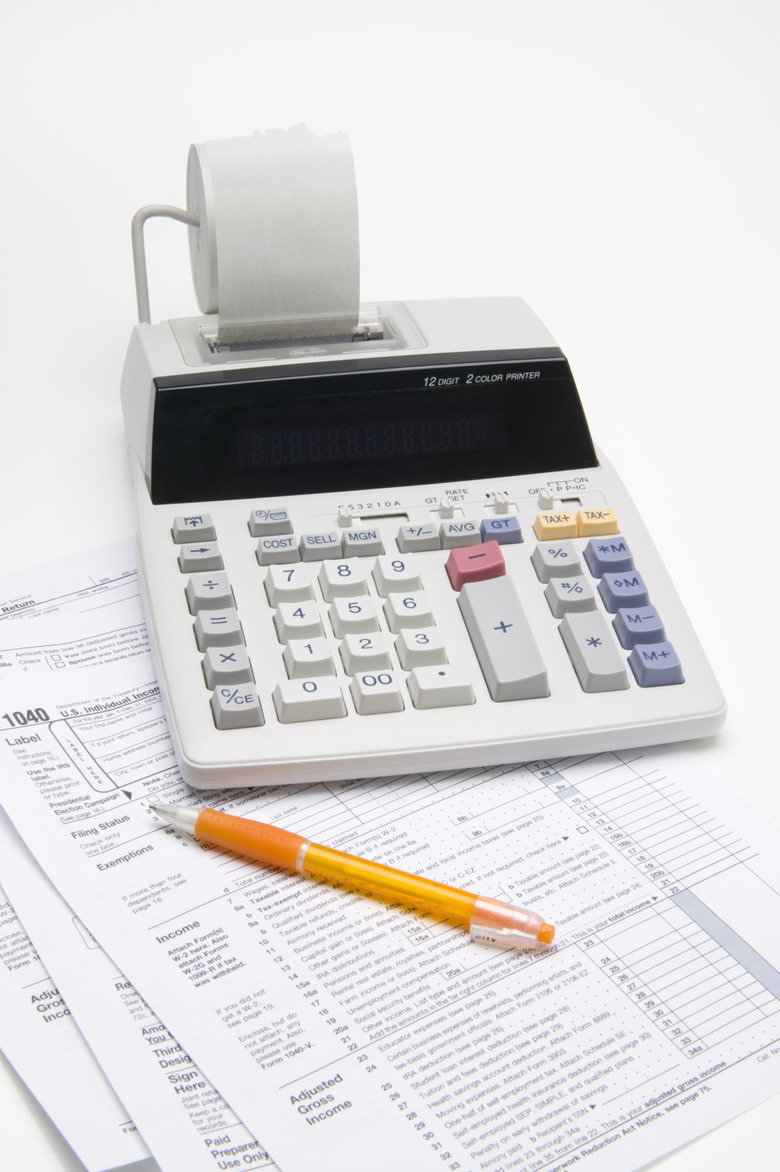How To Calculate Standard Deviation By Hand
Standard deviation "is the numerical value that describes the spread of scores away from the mean and is expressed in the same units as the original scores. The wider the spread of scores, the larger the standard deviation," according to R.J. Drummond and K.D. Jones. While many statistics programs calculate standard deviation for you, you can calculate it by hand.
Step 1
Determine what you will calculate. For example, if you are looking at the standard deviation of how students in a class scored on a test, you will consider the individual test scores. They are the Xi, or individual values of the variable in question.
Step 2
Create a table with 4 columns and label each variable in an individual row in the first column. For the given example, in the first cell of each row, list one of the student scores.
Step 3
Find the mean, or average, of your variables. To calculate the mean, add the individual values and divide by number of observations.
Step 4
Subtract each observation from the mean to determine how much the individual observation varied or deviated from the mean.
Step 5
Take each individual deviant and square it. Observations that are far away from the mean will give a very high result. Similarly, by squaring the results, all of your figures will become positive.
Step 6
Add the figures in the final column. Add the difference between each observation and the mean, squared.
Step 7
Divide that number by one minus the total number of observations to get the variance — an important statistical measure.
Step 8
Find the square root of the variance.
Step 9
Interpret the results. The majority of the results are one standard deviation above or below the mean. Examine the data to see if it makes sense.
Cite This Article
MLA
Contributor, . "How To Calculate Standard Deviation By Hand" sciencing.com, https://www.sciencing.com/calculate-standard-deviation-hand-5424647/. 24 April 2017.
APA
Contributor, . (2017, April 24). How To Calculate Standard Deviation By Hand. sciencing.com. Retrieved from https://www.sciencing.com/calculate-standard-deviation-hand-5424647/
Chicago
Contributor, . How To Calculate Standard Deviation By Hand last modified March 24, 2022. https://www.sciencing.com/calculate-standard-deviation-hand-5424647/
